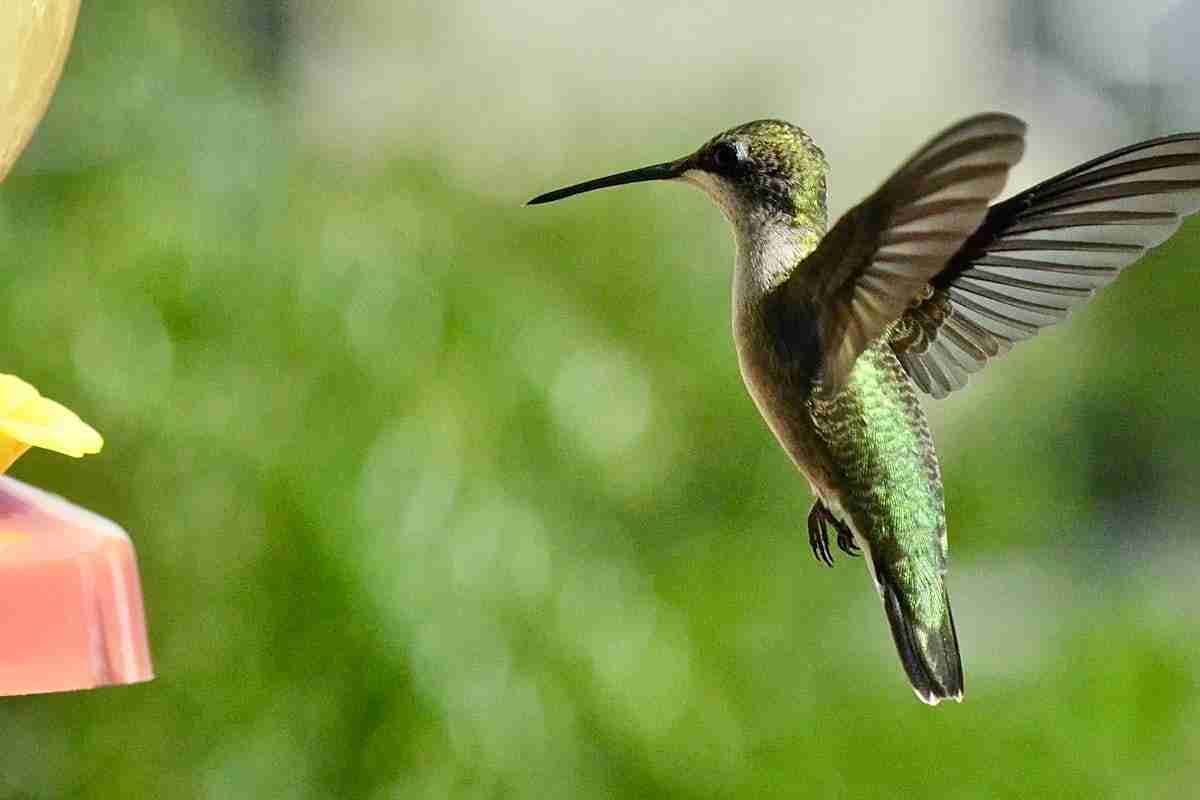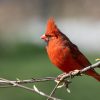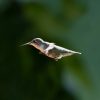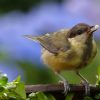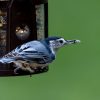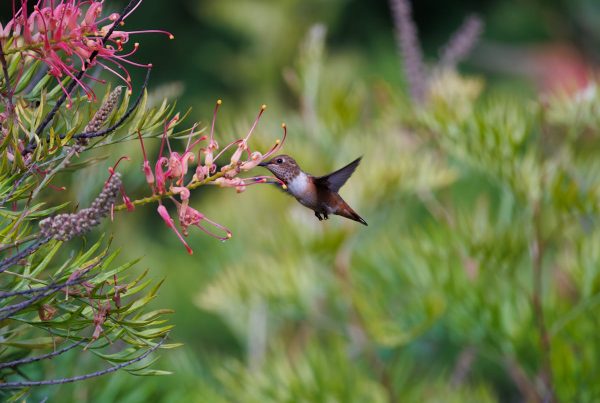Yes, hummingbird moths are found in California. Hummingbird moths, also called hawk moths or sphinx moths, originally belong to the genus Hemaris. These moths can drink flower nectar like hummingbirds and their flight patterns are similar to hummingbirds.
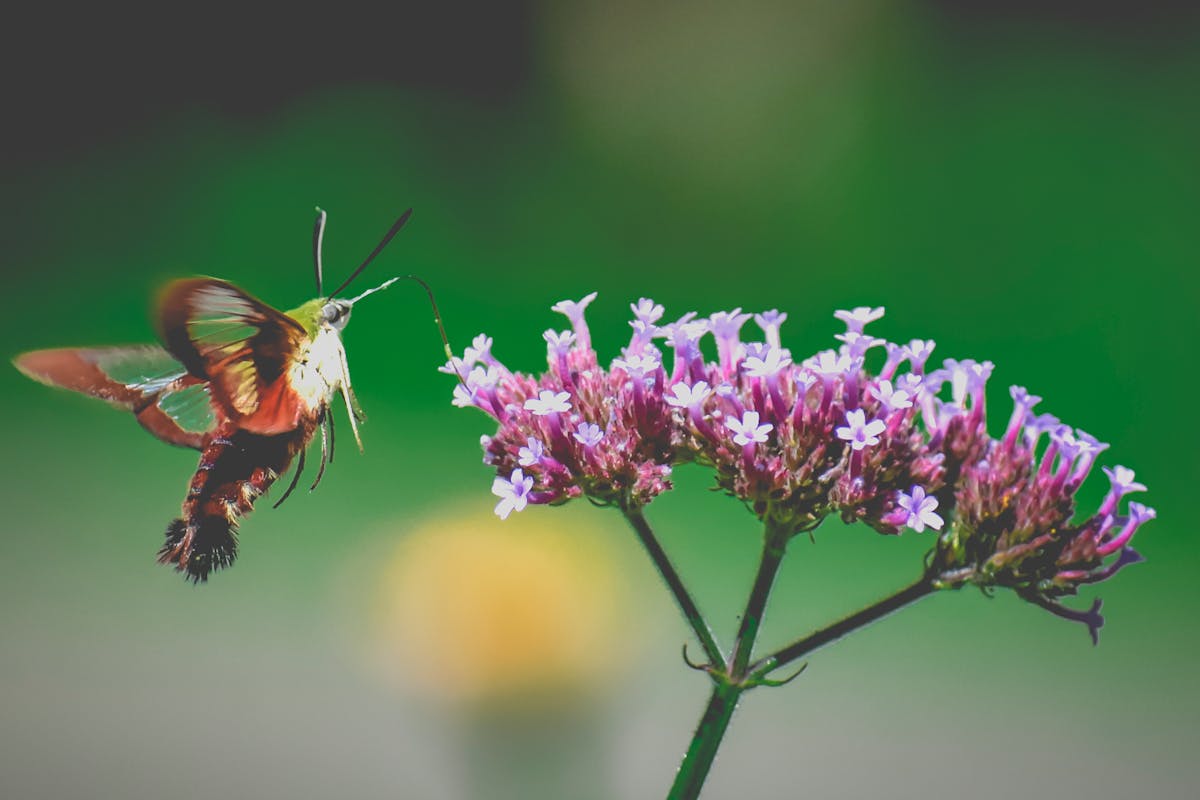
Hummingbird moths are found in California
Some species of hummingbird moths are found in California, such as:
-
- White-lined Sphinx (Hyles lineata): This species of moth is very common and can be found in many parts of California.
- Snowberry Clearwing (Hemaris diffinis): This species of hummingbird moth is also found in California.
They are usually seen drinking nectar from flowers at dusk or at night. Because of their flight patterns and speed, they are often confused with hummingbirds.
There are about 50 species of sphinx moths in California. These moths belong to the Sphincidae family, known for their long, narrow wings and thick bodies. These moths can fly fast and sometimes hang in front of flowers.
Some of the notable species of these sphinx moths are:
-
- White-lined Sphinx (Hyles lineata)
- Carolina Sphinx (Manduca sexta)
- Pink-spotted Hawk Moth (Agrius cingulata)
- Olive Sphinx Moth (Erinnyis ello)
- Gallium Sphinx (Hyles gallii)
These species play an important role in pollinating a variety of flowers and their larvae feed on a variety of plant species.
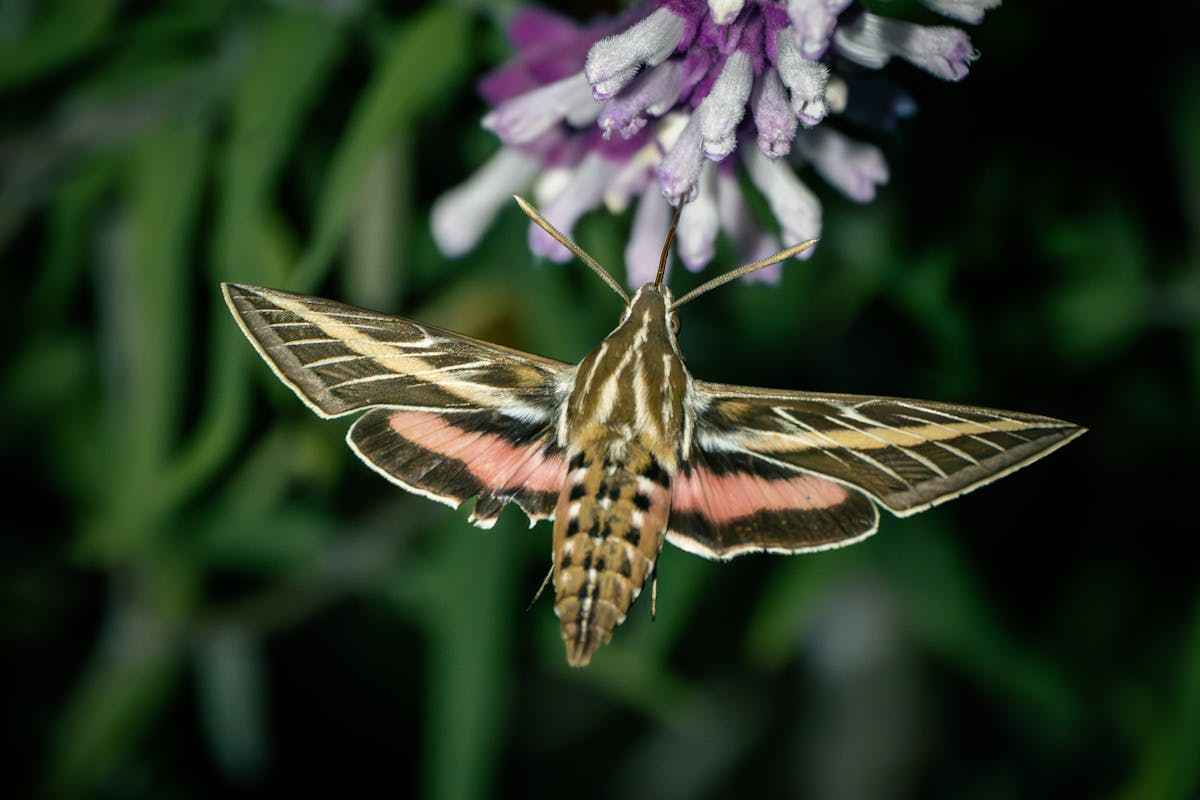
Sphinx Moth Identification
Sphinx Moth Identification:
To identify the sphinx moth you can look for the following characteristics:
Body Structure:
The body of the sphinx moth is generally thick and strong.
The front part of their body is narrow and the back part is wide.
wings:
The front part of the wing is long and the back part is relatively short.
Wings often have specific patterns and colors, such as white lines, and pink or yellow spots.
Feathers and Legs:
Most sphinx moths have hairy legs and feather-like hairs on the upper body.
Flight Type:
Sphinx moths can fly very fast in front of flowers and hover almost like hummingbirds.
Larva or Caterpillar:
Sphinx moth larvae are large and plump and may have different color patterns or spots on their bodies.
Many larvae may have a pink or red “horn” on the back.
Colors and Patterns:
Moths can have different colors and patterns on their wings. Some species of moths have pink, yellow, white, and black spots on their wings.
Here are some common species and their characteristics:
-
- White-lined Sphinx (Hyles lineata):
- White line and black pattern on wings.
- Carolina Sphinx (Manduca sexta):
- The dark-colored pattern on the upper body.
- Pink-spotted Hawk Moth (Agrius cingulata):
- Pink spots on the back of the wings.
Life cycle:
The life cycle of the sphinx moth is divided into four main stages: egg, larva (caterpillar), pupa (pupa), and adult (moth).
Eggs:
Female sphinx moths usually lay their eggs under the leaves of plants. Eggs are usually round and green or white in color.
The hatching time from eggs to larvae can be 2-10 days depending on species and weather.
Larvae:
It starts eating immediately after the larva hatches from the egg. Larvae are usually large and plump and can have different colors and patterns.
The larva may have a “horn” on the back of its body, which distinguishes it from other insects.
The larvae feed and grow for about 3-4 weeks. During this period it changes skin several times (molting).
Pupa:
After the larva has eaten enough, it pupates. It creates a cocoon underground or on tree trunks.
It can remain in the pupal state for weeks to months, depending on environmental conditions.
Adults:
The adult moth emerges from the pupa. Adult moths have wings and are able to fly.
Adult moths are usually active at night and feed on flower nectar.
This is the typical life cycle of a sphinx moth. Different species of sphinx moths may have different life cycle durations and some other characteristics.
Damage:
Sphinx moths can cause some damage, especially when they are in the larval (caterpillar) stage. Below are some examples of their losses:
Damage to crops and plants:
Larvae of sphinx moths can feed on the leaves of a variety of plants and crops. For example, tomato, tobacco, and other plants of the Solanaceae family. These larvae can feed very quickly, causing leaf damage and reduced yield.
Damage to garden and ornamental plants:
The leaves and flowers of ornamental plants in the garden can also be damaged by sphinx moth larvae. It reduces the appearance of the plant and may not grow properly.
Commercial Damage:
Sphinx moth larvae can cause financial loss to farmers and gardeners. Because the amount of crops damaged by these larvae decreases and production costs increase.
Family loss:
The larvae of some species of sphinx moth can be poisonous, which can be harmful to animals and humans. But such cases are very rare.
-
- Several methods can be used to control sphinx moth larval damage, such as:
- Using natural predators (eg, birds, parasitic wasps).
- Using biological control methods, such as bacteria or fungi.
- Using chemical pesticides, however, can be harmful to the environment.
Solution:
Below are some effective solutions to control sphinx moth damage:
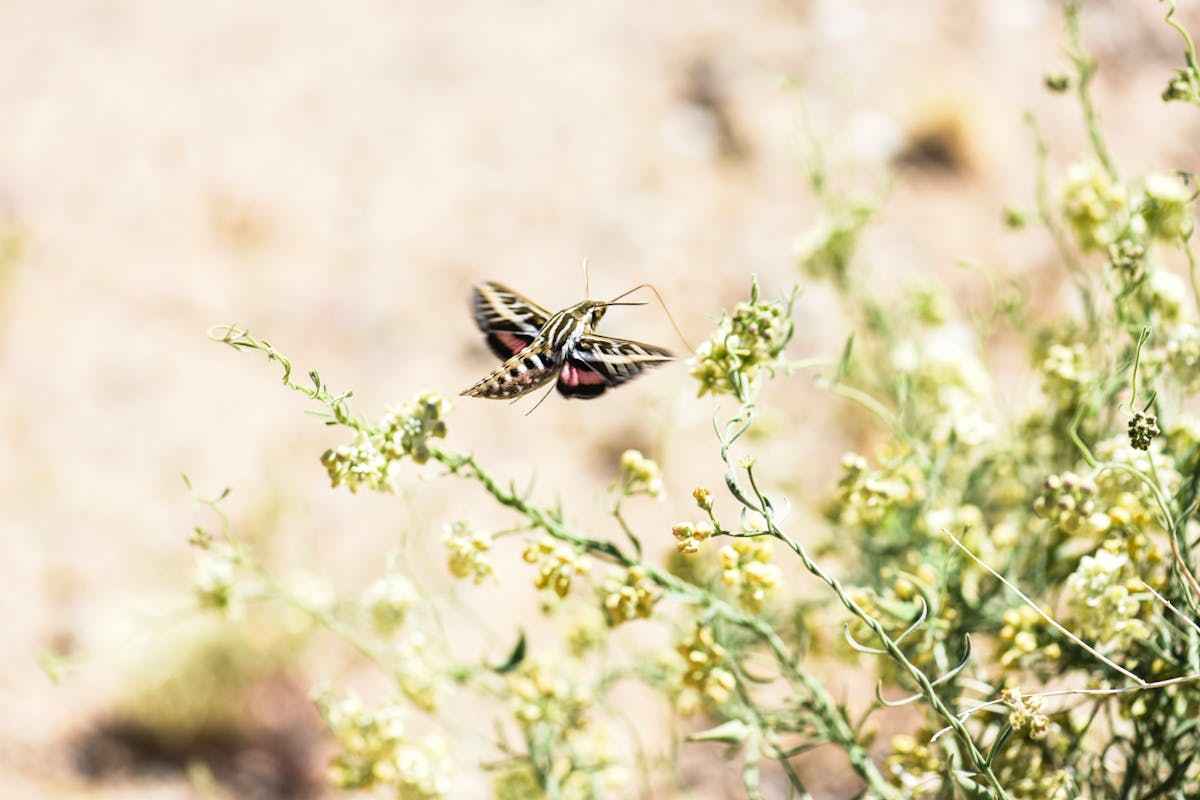
Natural method to Remove Sphinx Moth
Natural method
Use of natural predators:
Birds, parasitic wasps, and other natural predators can control sphinx moth larvae. These predators eat the larvae and reduce their numbers.
Biological Control Agents:
Bacteria (eg Bacillus thuringiensis) and fungi (eg Beauveria bassiana) can be used. They naturally attack the larvae and cause their death.
Mechanical method
Manual collection:
Collecting larvae by hand is a simple and rudimentary method. Larvae can be collected and destroyed from affected plants.
Barriers can be placed around plants to prevent larvae from climbing the plant.
Chemical method
Use of insecticides:
Certain insecticides can be used. However, before using it, it must be ensured that it is not harmful to the environment and other beneficial insects.
Natural Pesticides:
A mixture of neem oil and soap can be used which is effective against larvae.
cultural approach
Crop rotation:
Crop rotation or changes can be made to reduce larval emergence and growth.
Plant Care:
Taking proper care of the plant and providing it with the necessary nutrients will help the plant grow strong and resist insect attacks.
Environmental methods
Maintaining garden health:
Keeping the garden clean and maintaining the garden regularly. It reduces the birth and growth of insects.
Soil Health Test:
Checking the health of the soil and providing the necessary nutrients for better plant health and reduced pest infestation.
Sphinx moth damage can be controlled if the above methods are properly applied.



